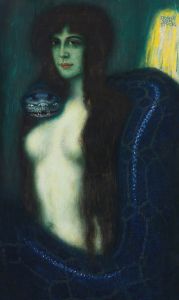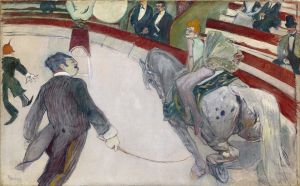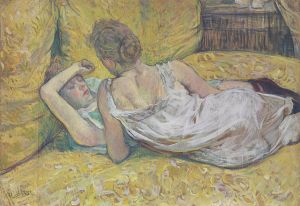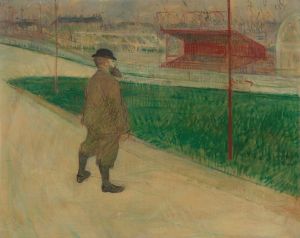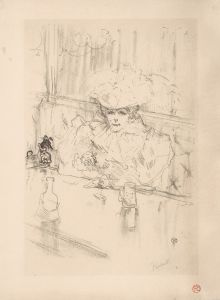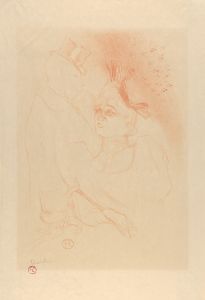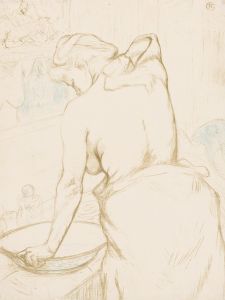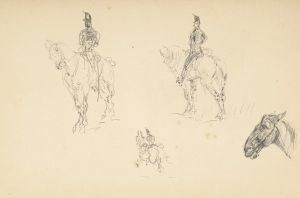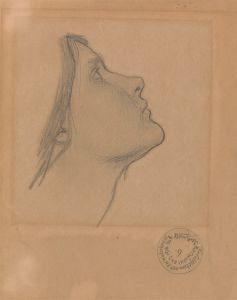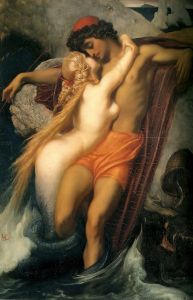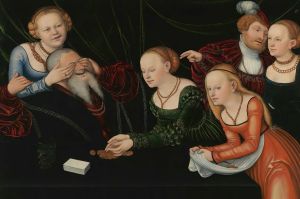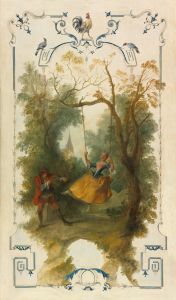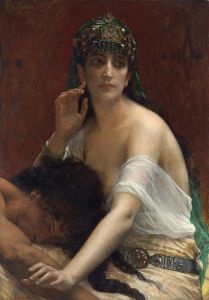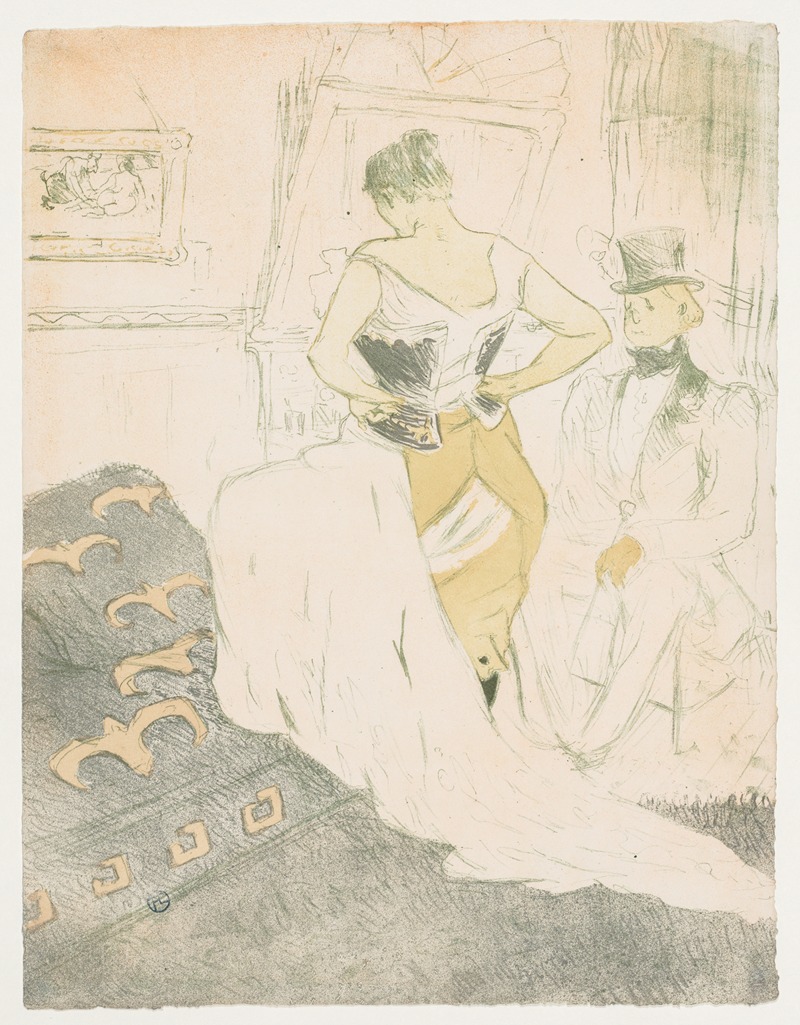
Elles, Woman In A Corset
A hand-painted replica of Henri de Toulouse-Lautrec’s masterpiece Elles, Woman In A Corset, meticulously crafted by professional artists to capture the true essence of the original. Each piece is created with museum-quality canvas and rare mineral pigments, carefully painted by experienced artists with delicate brushstrokes and rich, layered colors to perfectly recreate the texture of the original artwork. Unlike machine-printed reproductions, this hand-painted version brings the painting to life, infused with the artist’s emotions and skill in every stroke. Whether for personal collection or home decoration, it instantly elevates the artistic atmosphere of any space.
Henri de Toulouse-Lautrec, a prominent French painter and illustrator, is well-known for his depictions of Parisian nightlife in the late 19th century. One of his notable works is "Elles, Woman in a Corset," which is part of a series of lithographs titled "Elles." This series, created in 1896, provides an intimate glimpse into the lives of women, particularly those associated with the brothels of Paris, a subject that Toulouse-Lautrec frequently explored in his art.
"Elles" is a collection that consists of eleven lithographs, each portraying women in various states of undress and engaging in everyday activities. The series is noted for its empathetic and non-judgmental portrayal of the women, offering a contrast to the often sensationalized depictions of sex workers during that era. Toulouse-Lautrec's approach was to capture the humanity and individuality of his subjects, focusing on their personal moments rather than their professional lives.
"Woman in a Corset" is one of the pieces in this series. The artwork depicts a woman adjusting her corset, a common garment of the time that was both a fashion statement and a symbol of femininity. Toulouse-Lautrec's use of lithography allowed him to experiment with different textures and tones, creating a sense of intimacy and immediacy in the image. The woman's pose is natural and unposed, emphasizing the everyday reality of her life.
Toulouse-Lautrec's style is characterized by its bold lines and flat areas of color, influenced by the Japanese ukiyo-e prints that were popular in Europe at the time. In "Woman in a Corset," these elements are evident in the simplified forms and the focus on the contours of the woman's body. The artist's choice of color palette is subdued, often using muted tones that reflect the quiet, private nature of the scene.
The "Elles" series, including "Woman in a Corset," was initially met with mixed reactions. While some appreciated the sensitivity and artistry of Toulouse-Lautrec's work, others were uncomfortable with the subject matter. However, over time, the series has been recognized for its groundbreaking approach to depicting women with dignity and respect, challenging the prevailing attitudes of the period.
Toulouse-Lautrec's personal life and experiences heavily influenced his work. Born into an aristocratic family, he suffered from health issues that left him physically disabled. This personal adversity may have contributed to his empathy for marginalized individuals, such as the women he portrayed in "Elles." His ability to capture the essence of his subjects with honesty and compassion has cemented his place as a significant figure in the art world.
Today, "Elles, Woman in a Corset" and the rest of the series are celebrated for their artistic innovation and their contribution to changing perceptions of women in art. Toulouse-Lautrec's work continues to be studied and admired for its technical skill and its humanistic approach, offering a window into the lives of women in a way that was rare for its time. The series remains an important part of Toulouse-Lautrec's legacy, highlighting his unique ability to blend artistry with social commentary.





